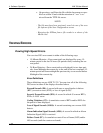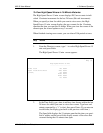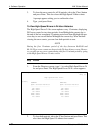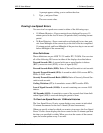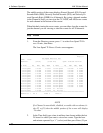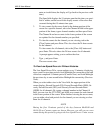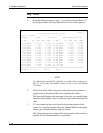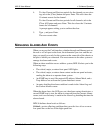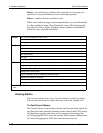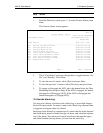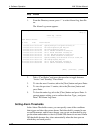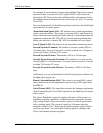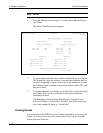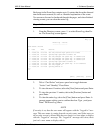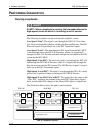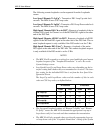
4 Software Operation MIX 56 User Manual
4-40 Telect, Inc. 122188-10 A0
Major: service-affecting conditions that cause the loss of a single low
speed line or cause performance issues on the high-speed line.
Minor: conditions that do not affect service.
While some conditions trigger alarms automatically, you can set thresholds
for other conditions in the Alarm Thresholds screen. The following table
describes the Critical, Major, and Minor alarm conditions and identifies
which have user-selectable thresholds:
Viewing Alarms
You can view alarms in two ways: Current Alarms or Alarm Log history.
You can view the alarms for either the active card or the standby card.
To View Current Alarms
The Current Alarms screen displays the date and time the alarm started, de-
tails about the alarm, the time remaining on the Alarm Cutoff (ACO) timer
(if it has been engaged), and where you can engage and disengage the
ACO. Engaging the ACO closes the external alarm contacts, turning them
off, while disengaging the ACO turns external alarms back on.
Critical
Two or more low speed lines are in LOS
DS3 receiving RAI.
DS3 LOS.
Major
DS3 OOF.
DS3 receiving AIS.
DS3 SES and ES
DS1 receiving AIS.
DS1 LOS.
DS1 SES and ES
Minor
System Settings configured for Redundant M13 Cards, but only 1, M13 Card installed.
System Settings configured for No Redundant M13 Cards, but have 2, M13 Cards installed.
Standby card failure
Standby card in critical alarm
Active and standby cards have different software versions
Locked out of protection switching*
Loss of back-up power
Maintenance minor alarm (Loopback, BER testing, Programming Standby)
* Locked out for 10 min. after any automatic switch. Locked out for 12 hrs after third switch within one
hour.



